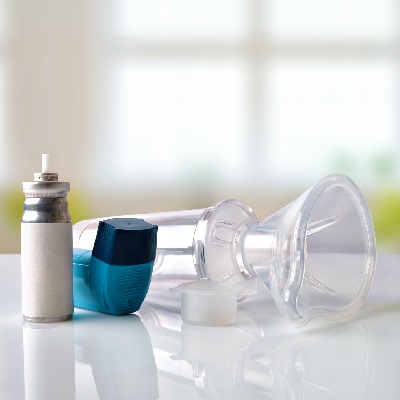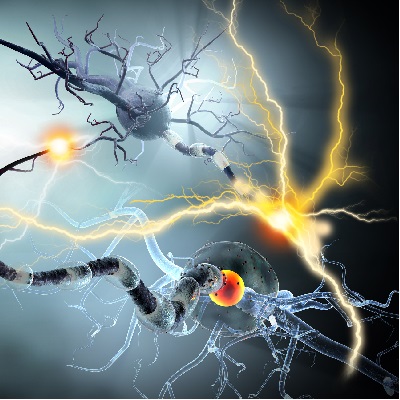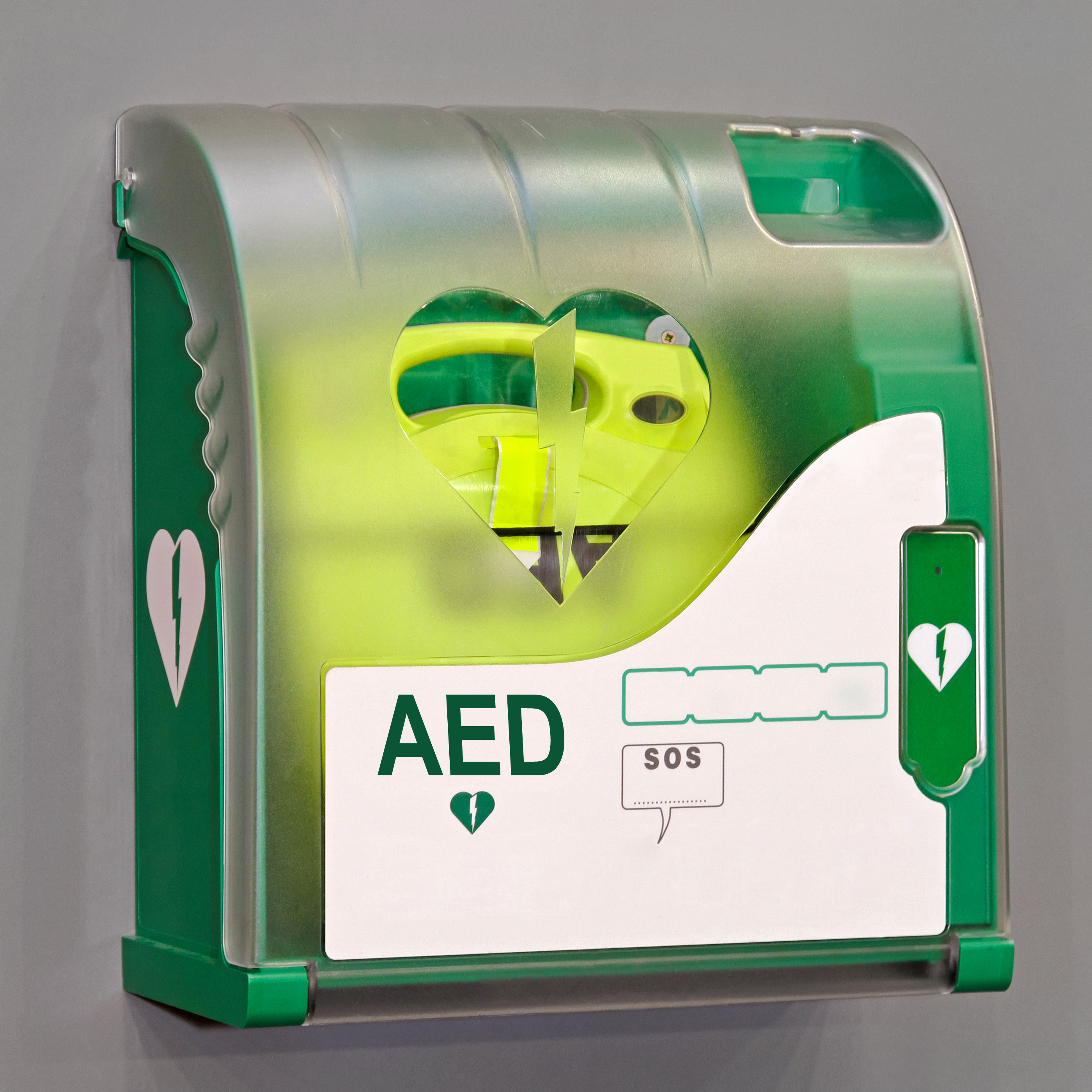P280 Adult Basic Life Support


of verifiable CPD
The aim of this course is to assist staff with their understanding of what is involved in Adult Basic Life Support and how...
More Info Purchase CPDThe aim of this course is to understand how to manage obstructed airways and conduct good patient care both before and after the episode.
The aim of this course is to learn how to perform emergency medical care for people who are choking.
During this course learners will be able to:
After completing this course the learner will gain an understanding of:
GDC Scope of practice
CQC


of verifiable CPD
The aim of this course is to assist staff with their understanding of what is involved in Adult Basic Life Support and how...
More Info Purchase CPD

of verifiable CPD
The aim of this course is to understand what to do if a patient has asthma....
More Info Purchase CPD

of verifiable CPD


of verifiable CPD
This article contains guidelines for the use of automated external defibrillators (AEDs) by laypeople, first responders an...
More Info Purchase CPD